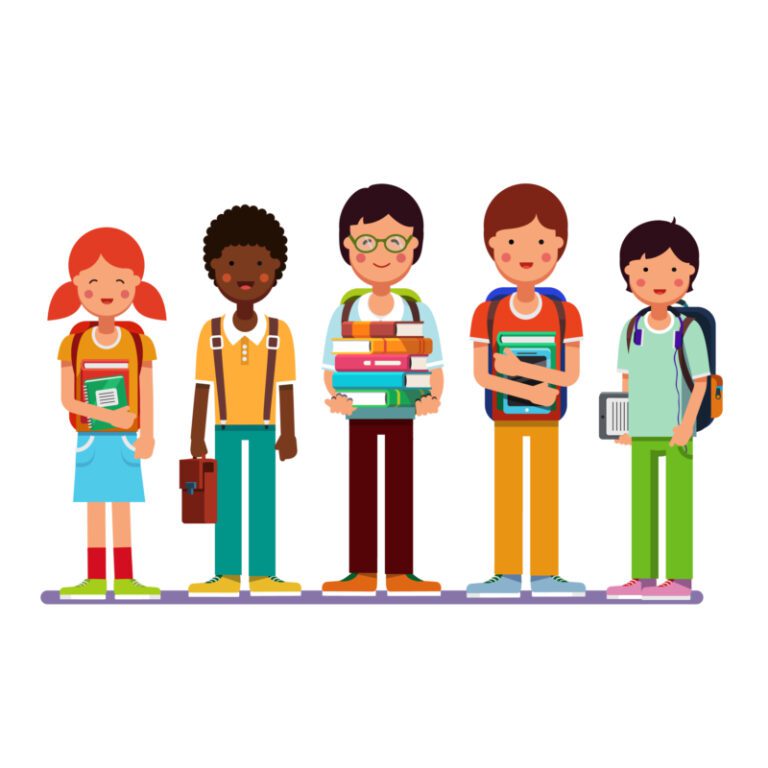
Picture a Scene
Visualize this: you’re a vibrant 12-year-old, smack in the middle of New York City, the bustling heart of dreams and opportunities. The mighty skyscrapers dwarf you, but your spirit is unbroken, ready to rise above and conquer all. There’s a challenge you face, however. You have dysgraphia, a learning disability affecting your writing abilities and fine motor skills. With the world communicating predominantly through the written word, this seems like a daunting task.
Meet Max, my next-door neighbor. Bright, curious, and saddled with dysgraphia, his longing for effortless communication was palpable. The game-changer for Max was our discovery of the remarkable automatic language translation features of video conferencing tools.
Fostering Communication through Advanced Tech
In our interconnected world, video conferencing has become the artery of global communication, enabling real-time interaction across continents. Add to this the innovation of automatic language translation, and you’re looking at a world where language barriers are a thing of the past. It feels futuristic, like stepping into a time where AI translators facilitate seamless conversations in foreign languages.
For young learners like Max, these advancements are more than just high-tech perks. They’re game-changers that enable effective communication and foster fluid learning.
The Zoom Effect: Enabling Max
Among the plethora of video conferencing platforms, Zoom’s live transcription feature was the hero for Max. As I mentored him, I witnessed his transformation. His ability to comprehend and contribute to discussions improved, and the live transcriptions acted as a compass, guiding him through lessons that previously felt like an overwhelming labyrinth of text. Seeing the spark of understanding and the subsequent growth of confidence in him was a heartening experience.
The Powerful Alternatives: Onpassive O-Connect, Microsoft Teams and Google Meet
Video conferencing platforms such as Onpassive’s O-Connect, Microsoft Teams and Google Meet have also stepped up their game with intuitive language translation features. O-Connect and Teams provide real-time captions, and Google Meet facilitates comprehension with its automatic captions, acting as beacons for those grappling with similar hurdles. These platforms have been on my recommendation list to other mentors, and the positive responses have been reaffirming.
Gazing at the Horizon
Looking at Max today, comfortably navigating his way through group discussions and typing away on his computer, I’m reminded of how much he’s achieved. His journey symbolizes the transformative power of technology in leveling the playing field and fostering inclusive education.
So, let’s return to the image of that 12-year-old in New York. This time, however, he isn’t just on the fringes of the cityscape. He’s conquering his challenges one by one, fueled by the power of technology. As the future of automatic language translation and video conferencing unfolds, I’m excited about the potential these tools hold in empowering others like Max.
The question remains, are you prepared to tap into these tools and create an impact in your sphere of influence?
Do share your thoughts in the comments. Let’s keep the discussion going.